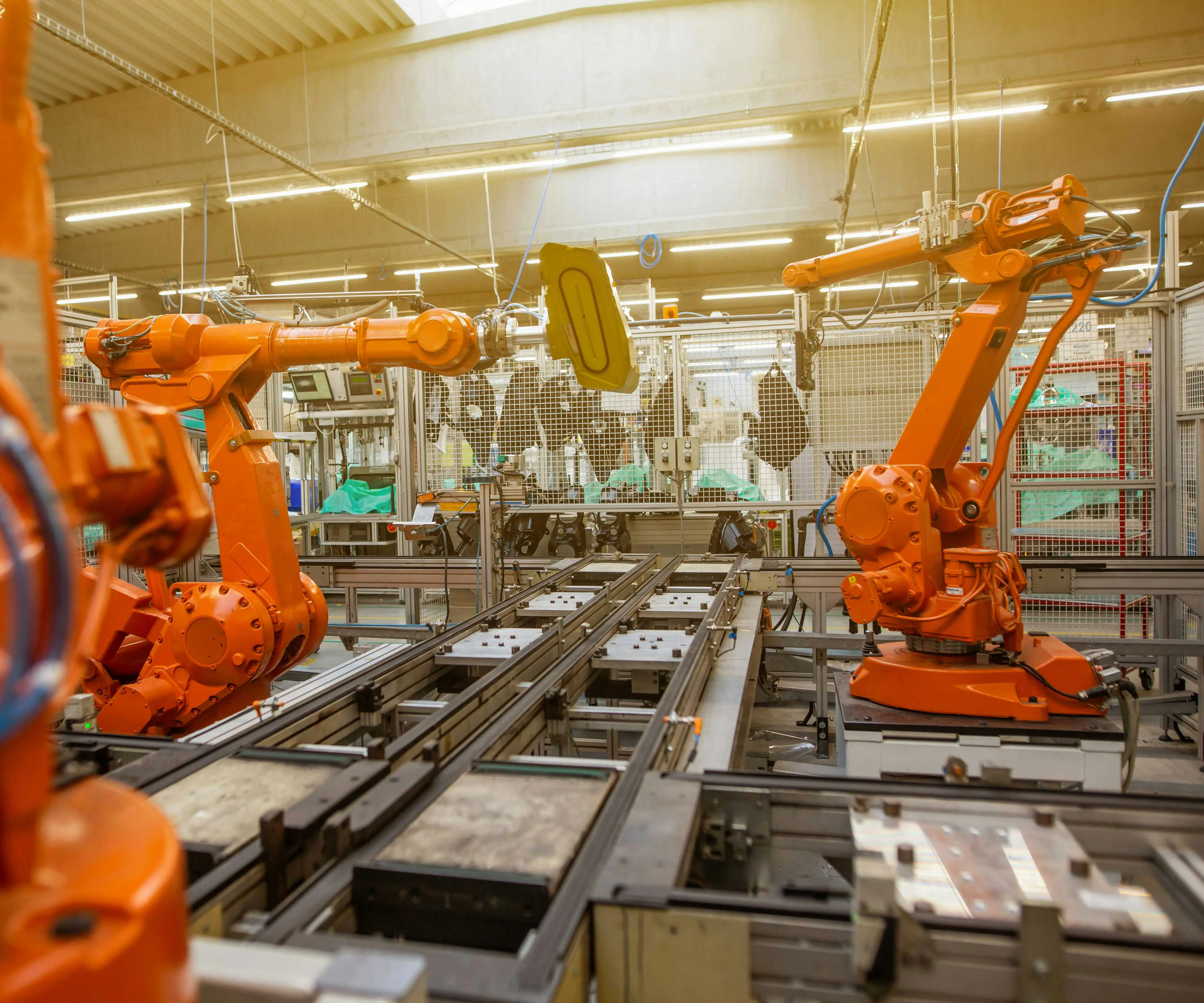Alright, let's dive into the world of servo motors and Arduino pins—imagine building a robot arm or a remote-controlled vehicle. The kind of projects that make you feel like a mechanic wizard, right? Well, understanding how servo motors connect to Arduino pins is like learning the secret handshake of DIY robotics.

First off, the magic starts with the servo motor itself. These little devices are surprisingly powerful. They can rotate a full 180 degrees, sometimes even more, depending on the model. Now, when you think about hooking one up to your Arduino, it’s all about the pins. Usually, a servo motor has three wires: power (red), ground (black or brown), and signal (yellow or white). The power and ground give it life, and the signal pin is the brain, telling the servo where to turn.
Connecting the servo to the Arduino is pretty straightforward. You’ll take the power wire into the 5V pin on the Arduino—easy enough. The ground wire goes into one of the GND pins. The signal wire? That’s your control point — it gets plugged into any digital pin, but typically, pin 9 or 10 works like a charm. Why? They support PWM signals, which are essential for controlling the smooth rotation of the servo.
Here’s an interesting tidbit: Knowing which pins support PWM can save you a headache later. For instance, on many Arduino boards, digital pins 3, 5, 6, 9, 10, and 11 are PWM capable.
Thinking about power? It’s tempting to run a bunch of servos directly off the Arduino. Not so fast. It’s wise to use an external power source because servos can draw quite a bit of current, especially under load. Why risk resetting your Arduino or causing voltage dips? Better safe than sorry.
What’s the best way to get started? Grab a servo and an Arduino, connect the power, ground, and signal as discussed, then fire up a simple sketch that sweeps the servo back and forth. Suddenly, it’s alive—like something out of sci-fi.
Ever wonder about the precision? It’s remarkable—most servos have a built-in gear train that provides precise control, often down to 1-2 degrees of rotation. When you combine that with the PWM control, it’s like having a tiny, accurate robotic hand at your command.
This setup opens doors to so many projects. Robotics? Check. Animatronics? Absolutely. Automated curtains? No problem. The key is understanding those pins—they’re the gateways, the bridge connecting your commands with real-world movement.
So, when you see “servo motor Arduino pins,” think of it as the core connection points that make your project come alive. Mastering how to wire them properly is your first step towards creating something truly impressive. Whether you’re tinkering in a garage or designing a class project, understanding these connections is what makes everything click.
Established in 2005, Kpower has been dedicated to a professional compact motion unit manufacturer, headquartered in Dongguan, Guangdong Province, China. Leveraging innovations in modular drive technology, Kpower integrates high-performance motors, precision reducers, and multi-protocol control systems to provide efficient and customized smart drive system solutions. Kpower has delivered professional drive system solutions to over 500 enterprise clients globally with products covering various fields such as Smart Home Systems, Automatic Electronics, Robotics, Precision Agriculture, Drones, and Industrial Automation.




































